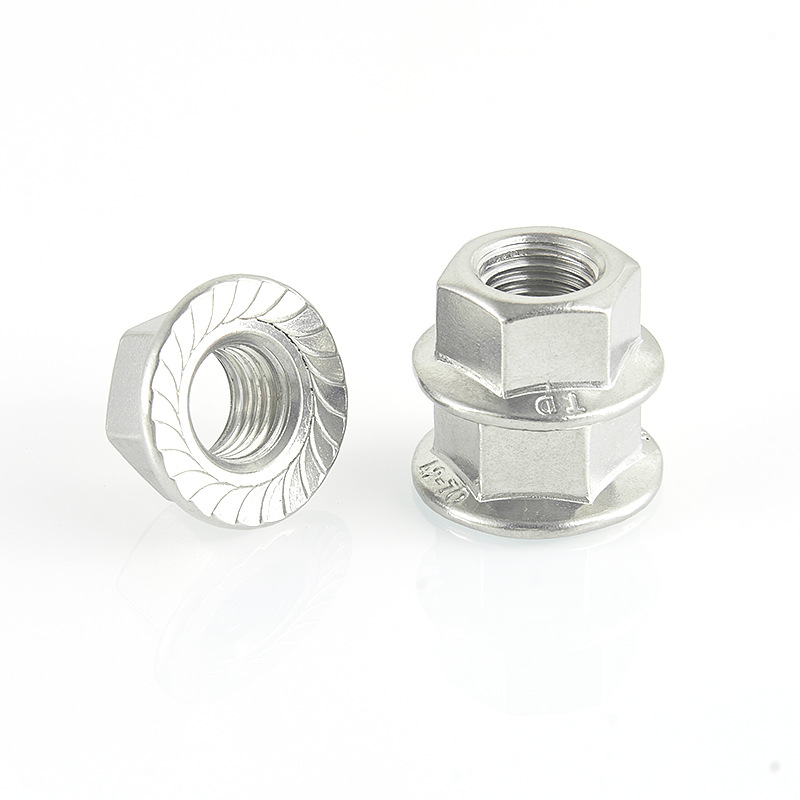

countertop joint fasteners
ธ.ค. . 07, 2024 09:52 Back to list
countertop joint fasteners
The Essential Guide to Countertop Joint Fasteners
When it comes to kitchen and bathroom design, countertops are a critical element that not only serve functional purposes but also contribute significantly to the overall aesthetics of the space. One often overlooked aspect of countertop installation is the method of joining different sections together. Countertop joint fasteners play a vital role in ensuring that these surfaces are securely attached, stable, and visually appealing. This article will delve into the different types of countertop joint fasteners, their importance, and tips for selecting and using them effectively.
Understanding Countertop Joint Fasteners
Countertop joint fasteners are specialized hardware used to connect adjoining pieces of countertop material—such as granite, quartz, laminate, or solid surface. The joints are critical points in the installation process, as they can influence both the durability and the appearance of the finished product. Fasteners can vary widely in design and application, ranging from mechanical connectors to adhesive systems.
Types of Countertop Joint Fasteners
1. Bracket Fasteners These are sturdy metal brackets designed to create a solid bond between countertop pieces. They are typically installed at the joint and can be concealed under the countertop to maintain a seamless appearance. Bracket fasteners are commonly used for heavier materials, such as stone or solid wood.
2. Cam Lock Fasteners This type of fastener features a cam mechanism that allows for a quick and secure connection between two pieces of countertop. The fastener is embedded in one piece, and the second piece is fitted over it. When the cam is turned, it pulls the pieces tightly together, creating a strong joint.
3. Connector Bolts Connector bolts are used in conjunction with a washer and nut system. They provide a robust connection and are particularly useful for thicker countertop materials. By drilling into the edges of the countertops, these bolts pull the pieces together tightly, ensuring stability.
4. Adhesive Systems In some cases, an adhesive may be used to bond countertop pieces. Epoxy or silicone adhesives can create a durable bond while allowing for expansion and contraction of materials. This method is common for materials that may be subjected to moisture, like in kitchen and bathroom applications.
5. Wood Dowels For wood or laminate countertops, wooden dowels can be inserted into pre-drilled holes at the joint. This method provides a hidden connection that is both strong and aesthetically pleasing. Dowels help align the pieces and reduce movement over time.
Importance of Choosing the Right Fastener
Selecting the appropriate fastener for your countertop joints is crucial for several reasons
countertop joint fasteners

- Stability and Durability The right fastener ensures that countertop sections are securely joined, preventing movement that can lead to cracks or breaks, particularly in heavy materials like granite or quartz.
- Aesthetic Appeal A well-designed joint, made secure with the right fasteners, provides a clean and seamless look. Poorly joined countertops can be unsightly and diminish the overall quality of the installation.
- Ease of Installation Different fasteners come with specific installation requirements. Choosing fasteners that align with your DIY skills or professional contractor’s experience can make the installation process simpler and more efficient.
Tips for Using Countertop Joint Fasteners
1. Consider the Material Always select fasteners that are compatible with the material of your countertop. For example, heavy stone countertops require stronger, more durable fasteners than laminate.
2. Follow Manufacturer Guidelines Consult the manufacturer’s guidelines for your specific countertop material to ensure that you are using the correct fasteners and installation techniques.
3. Maintain Precision Accurate alignment during the installation process is essential. Misalignment can lead to visible gaps and stress on the joint, potentially causing failure over time.
4. Test for Stability Once the fasteners are installed, check the stability of the joint by applying gentle pressure. If you notice any movement, it may indicate a need for stronger fasteners or adjustments to your installation technique.
5. Seek Professional Help If you are unsure about the best fasteners to use or the installation process, it is always wise to consult with a professional installer. Their expertise can save you time and prevent potential costly mistakes.
Conclusion
Countertop joint fasteners may seem like a minor detail in the grand scheme of countertop installation, but they play a pivotal role in ensuring longevity, stability, and overall aesthetic appeal. By understanding the types of fasteners available and considering factors such as material compatibility and installation precision, homeowners and contractors can achieve flawless countertop installations that stand the test of time. Select wisely, and enjoy a beautiful and functional space for years to come.
Latest news
-
Premium Fasteners Manufacturer | AI-Driven Solutions
NewsAug.01,2025
-
Hot Dip Galvanized Bolts - Hebei Longze | High Strength, Corrosion Resistance
NewsAug.01,2025
-
High-Strength Hot Dip Galvanized Bolts - LongZe | Corrosion Resistance, Custom Sizes
NewsAug.01,2025
-
Best Self Tapping Screws for Drywall - Fast & Secure Installation
NewsJul.31,2025
-
High-Strength Hot Dip Galvanized Bolts-Hebei Longze|Corrosion Resistance&Customization
NewsJul.31,2025
-
Hot Dip Galvanized Bolts-Hebei Longze Metal Products|Corrosion Resistance&High Strength
NewsJul.31,2025

